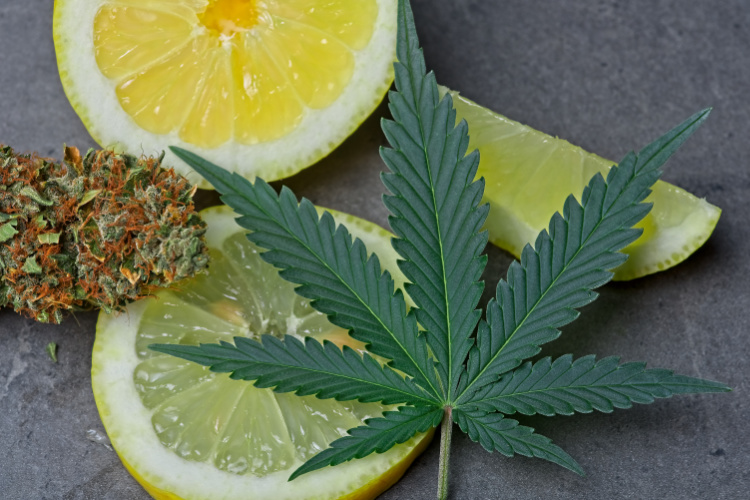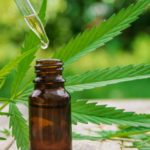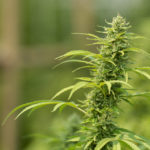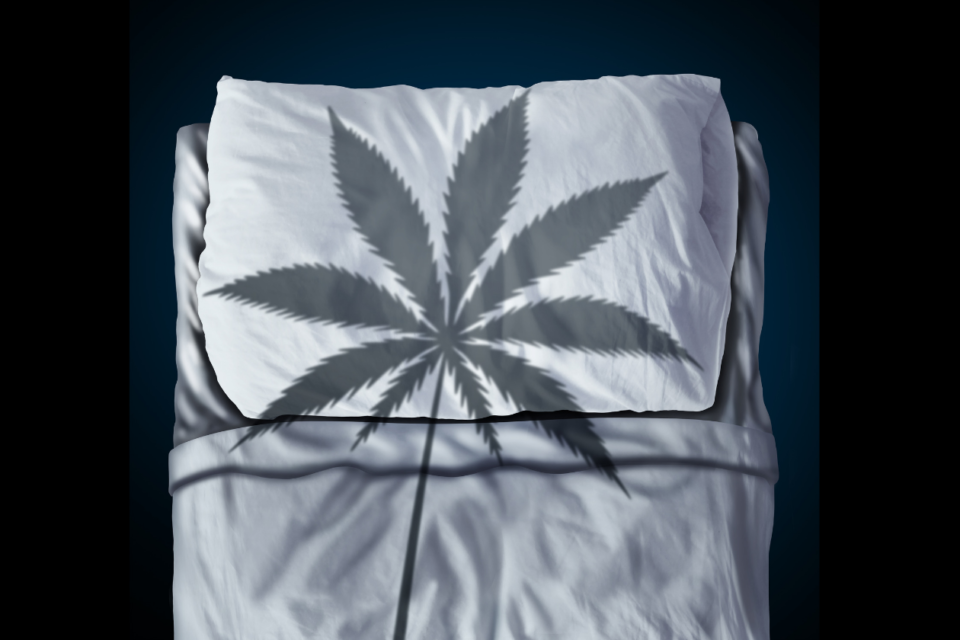Here at Green Goddess, we’ve been diving deep into the world of terpenes, the fragrant “essential oils” that give different cannabis strains—and countless other plants and natural products—their distinctive aromas and flavors. Until recently, it was believed that those heady oils were little more than pretty scents. But as our understanding of cannabis terpenes and their entourage effects grows, many researchers are giving these all-natural powerhouses a second look.
In the world of cannabis terpenes, none are more important than Myrcene, sometimes called “the mother of cannabis terpenes.” Myrcene effects are still being studied, but thus far its been implicated in some very intriguing and medically useful mechanisms.
In today’s post, we’ll share all we know about the myrcene terpene, and how you might harness it for specific outcomes.
The Myrcene Terpene: “Mother” of Cannabis Terpenes
Just as THC is the most plentiful cannabinoid, myrcene is the most abundant terpene found in cannabis, and it’s the single most important one. Because it helps synergize the actions of other terpenes and even cannabinoids, myrcene is a truly vital player in the cannabis ecosystem.
What does myrcene taste like? That’s easy: Noted for its earthy, almost funky aroma reminiscent of ripe fruit and aged vinegar, myrcene is often described as being the chief contributor to “the pot smell.” Outside cannabis, myrcene is found in the hops that flavor most beers, as well as in such herbs as thyme and lemongrass, and also in mangos.
Long before anyone knew what cannabis terpenes were, myrcene was being used to fight inflammation and insomnia. Studies have shown that myrcene does indeed exhibits pain-fighting qualities. What’s more, it’s believed to influence so-called “entourage effects,” in which cannabis’ many natural compounds interact to exhibit more powerful and useful medical effects than they would on their own. We’ll share more on that topic in a moment.
That’s not all. Remember how the hops in beer contain significant quantities of myrcene? While there’s significant disagreement as to whether myrcene actually induces sleep, this may be a hint to its potential in fighting insomnia. At least one clinical study points to the myrcene terpene’s potential in helping us get deeper, more restorative rest. Incidentally, myrcene is also believed to be behind the infamous “couch-look” syndrome experienced with some Indica-leaning strains of cannabis.
Myrcene and Entourage Effects
The “entourage effect” is one of the most intriguing facets in the cannabis world. It was first proposed by Dr. Raphael Mechoulam, the Israeli researcher who identified THC as the source of cannabis’ euphoric psychoactivity. At its most basic level, the theory of entourage effects suggests a nearly infinite number of potential synergies and interactions between the many compounds found in the cannabis plant.
So far, some research backs this up, though the exact mechanisms remain a mystery. If nothing else, it underscores the point that myrcene is an important player in our health and well-being. This also lends weight to a belief among many cannabis fans: That sourcing clean, locally grown and carefully handled whole-plant products is the best way to reap all the many benefits of the cannabis plant.
Do you have more questions about myrcene, entourage effects, or any other topics in the world of cannabis? Reach out! We’re always here to help.





